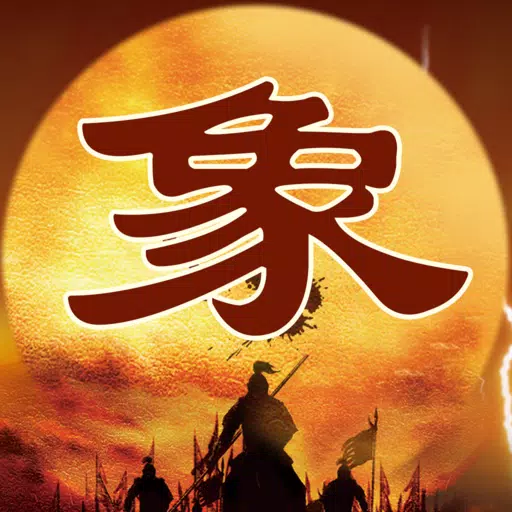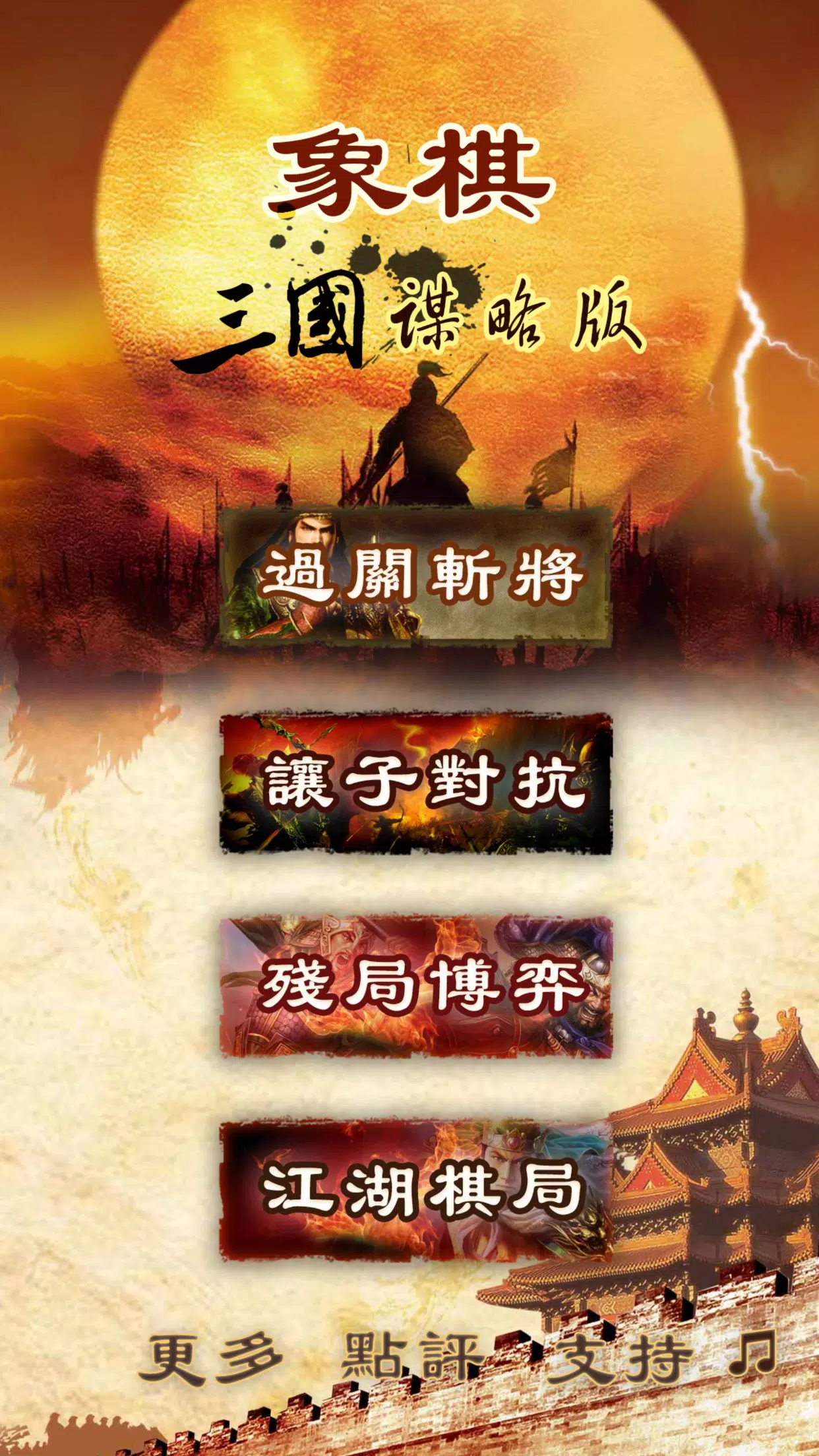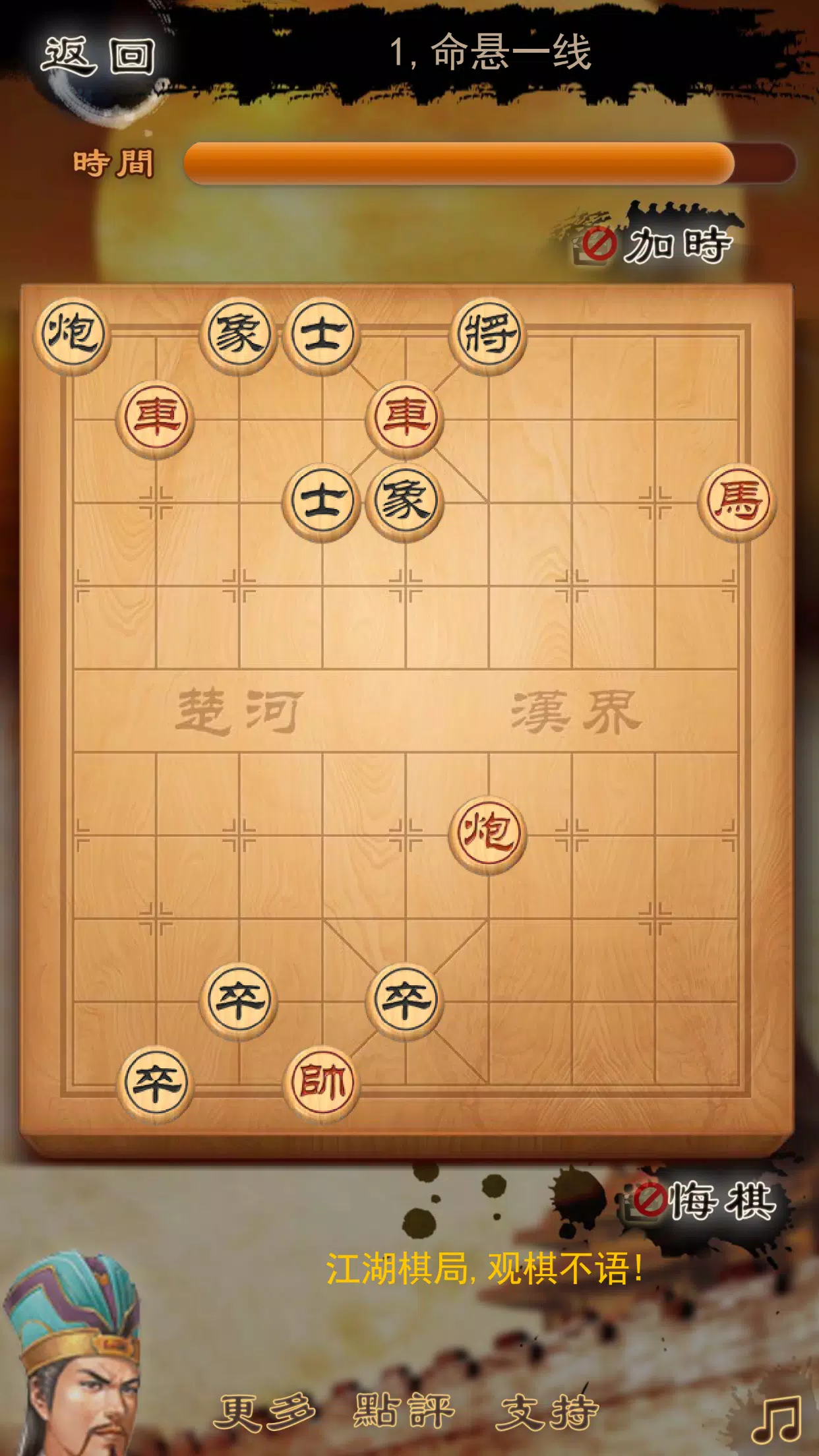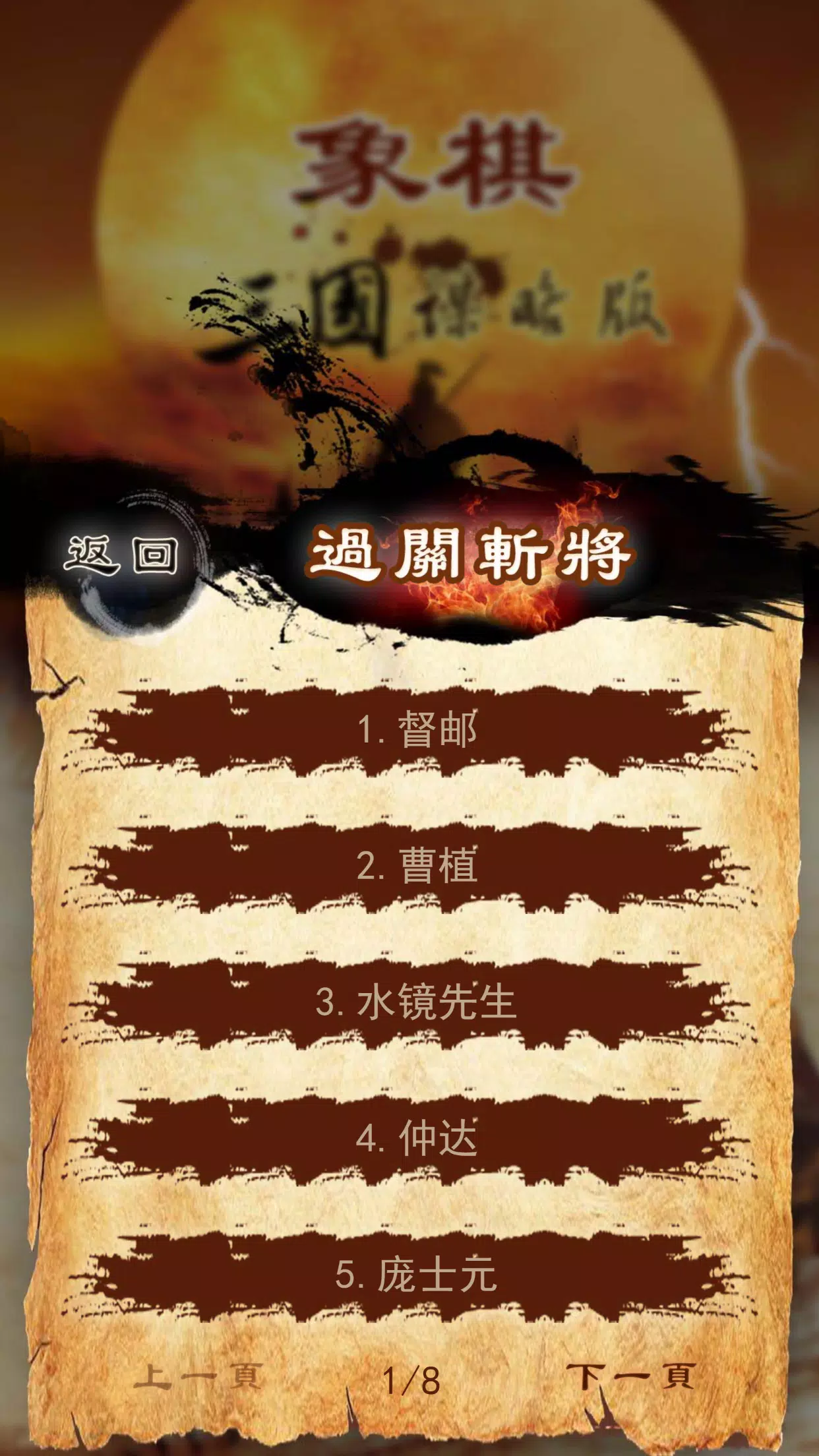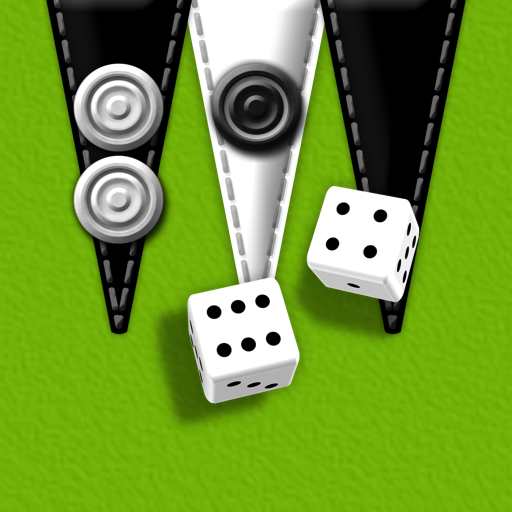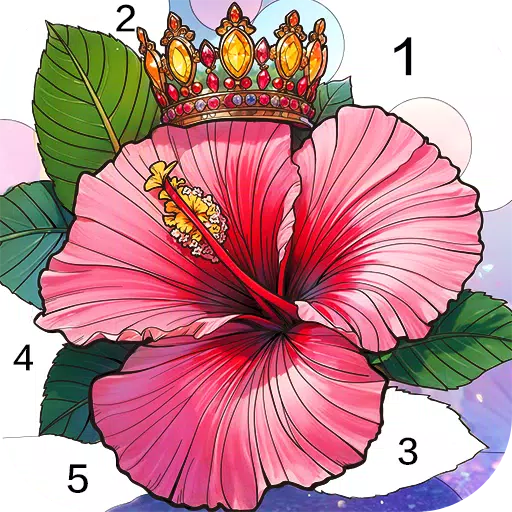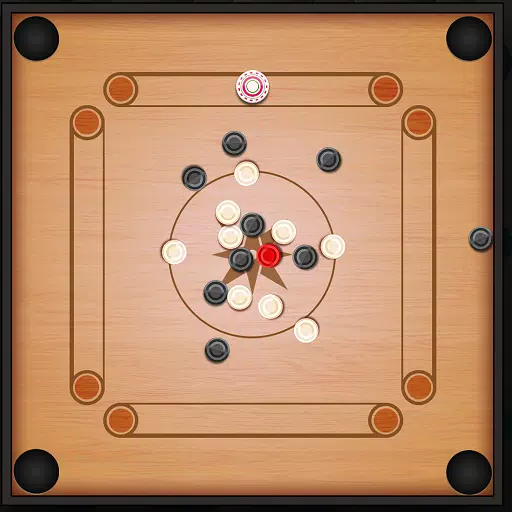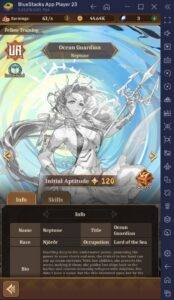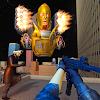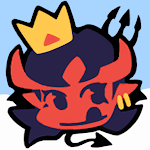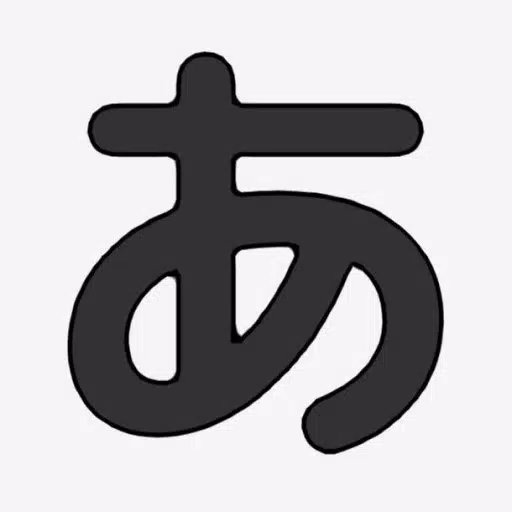Immerse yourself in a captivating chess game inspired by the legendary Three Kingdoms, featuring diverse gameplay modes that challenge you to conquer all levels and face off against iconic heroes. This unique game also offers an accelerated learning path for mastering chess endgames. Xiangqi, originating from China, is a classic two-player strategy game with a rich history. Its simple yet engaging pieces have made it a beloved pastime across generations.
Chess Pieces
Xiangqi features 32 chess pieces, divided equally between red and black teams, with each side comprising 16 pieces across seven distinct types. Here's a breakdown of the pieces:
- Red Pieces: One handsome, two rooks, two horses, two cannons, two advisors, two elephants, and five soldiers.
- Black Pieces: One general, two rooks, two horses, two cannons, two advisors, two elephants, and five pawns.
Piece Movements
Handsome/General: The "handsome" for the red team and the "general" for the black team are the leaders in Xiangqi, and the ultimate target of the game. They move within the "palace," which consists of nine squares, and can move one square vertically or horizontally. The handsome and general cannot face each other directly on the same vertical line, or the side moving into this position loses.
Advisors: Known as "shi" for red and "taxis" for black, advisors can only move within the palace diagonally, one square at a time.
Elephants: Called "phase" for red and "elephant" for black, elephants move diagonally two squares at a time, known as "flying the field." Their movement is restricted to their half of the board, and they cannot cross the river. If a piece blocks the middle of their path, they cannot move, termed "blocking the elephant's eye."
Rook: The rook is the most powerful piece in Xiangqi, moving any number of squares along ranks or files as long as no piece blocks its path. It's known as "driving straight" and can control up to 17 points on the board.
Cannon: The cannon moves like a rook when not capturing, but to capture, it must jump over exactly one piece, known as "firing over the screen" or "over the mountain."
Horse: Horses move in an "L" shape, stepping one square in one direction and then one square diagonally, known as "horse stepping day." They can reach eight surrounding points but are hindered if another piece blocks their initial step, a situation referred to as "tripping the horse's leg."
Soldiers/Pawns: Red's "soldiers" and black's "pawns" move forward one square at a time and cannot retreat. Before crossing the river, they can only move straight; afterward, they gain lateral movement. Despite their limited range, soldiers and pawns gain significant power after crossing the river, leading to the saying "small pawns can challenge a rook after crossing the river."
Players take turns moving their pieces, embodying the ancient military philosophy of Sun Tzu, striving for victory by checkmating or trapping the opponent's general (or handsome). The red side moves first, and the game continues until a win, loss, or draw is determined. Through the intricate interplay of attack and defense, feints and realities, as well as overall and local strategies, Xiangqi enhances players' cognitive abilities.
Tags : Board

